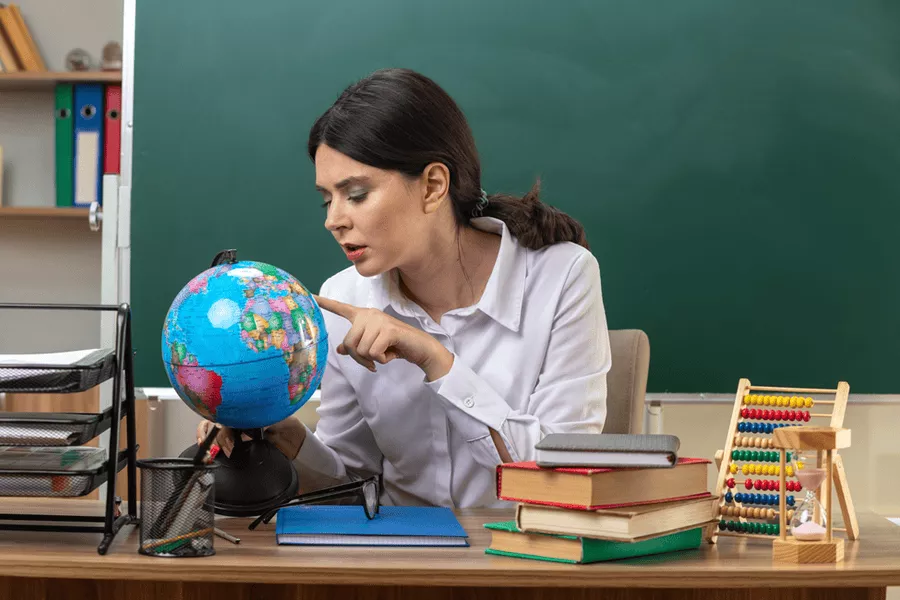Every student has a distinct way of learning, and understanding individual learning styles can greatly enhance their educational experience. When parents know how their kids process and grasp information, they can provide tailored support, making learning both enjoyable and more effective.
This understanding not only helps children retain knowledge better but also strengthens their confidence and promotes independence. Building a foundation based on how your kid learns can nurture a lifelong curiosity and love for learning.
Advantages of Understanding Different Learning Styles
By identifying the types of learners and learning styles, parents and educators can create an environment that leverages their strengths. This approach reduces frustration, makes it easier for children to grasp new ideas, and helps them feel a sense of achievement in both individual and group activities. Moreover, knowing the different kinds of learning styles allows teachers to communicate more effectively with students and select the most suitable study methods, resources, and activities to support their children’s growth and academic success.
Must Read: MBA Career Paths: Best Jobs You Can Pursue After Graduation
Most Common Learning Styles
In educational psychology, the main types of learning styles are commonly categorised into four main types: visual, auditory, kinesthetic, and reading/writing. Understanding these categories of learning styles helps teachers and parents identify how students process and retain information. Recognising these differences allows teachers and parents to apply the most effective learning strategies and enhance academic outcomes.
Every child develops unique learning preferences influenced by cognitive traits, personal interests, and daily habits. By tailoring lessons to suit these types of learning styles in education, teachers can create meaningful and impactful learning experiences.
Visual Learning Style
Visual learners grasp concepts most effectively when information is presented visually. Using diagrams, charts, flowcharts, maps, spider diagrams, or labelled illustrations can make complex ideas easier to understand.
These learners often enjoy drawing, making lists, and taking notes. While they benefit from visual aids and structured patterns, they may not always respond well to videos or photographs alone.
Auditory Learning Style
Auditory learners, also called “aural learners,” prefer listening to information rather than reading it. They often benefit from reading aloud, group discussions, or verbal explanations. These students are usually confident in expressing themselves verbally, enjoy participating in class discussions, and may repeat instructions or information to internalise it.
Must Read: What is a BBA Degree? Course Details, Types, Salary and Career Scope
Kinesthetic Learning Style
Kinesthetic learners process information best through physical activity and hands-on experiences. They often use body movements, such as pacing, tapping, underlining notes, or creating flowcharts, to reinforce learning.
Active engagement, such as participating in experiments, watching simulations, or using manipulatives, is crucial for kinesthetic learners. These “tactile” students excel through movement, trial and error, and non-traditional learning approaches. Further, they often use gestures, pacing, or tapping to stay focused. Activities like role-playing, science experiments, and interactive simulations are ideal for this type of learning style for students who learn by doing.
Read/Write Learning Style
Students with a read/write preference learn best through text-based materials like worksheets, presentations, and written notes. They tend to take detailed notes and perform better when they can reference written resources.
These learners enjoy reading books or articles, journaling, using dictionaries, and conducting online research. While this style overlaps somewhat with visual learning, it emphasises textual engagement over purely graphical methods.
Must Read: MBA vs MCA: Salary, Scope, and Career Growth Compared
Additional Learning Styles You Should Know
Every learner has unique preferences. Some thrive in structured settings, while others perform better with creativity, social interaction, or hands-on experiences. Understanding these differences allows teachers to implement effective study strategies and learning materials that enhance academic performance.
Social/Linguistic Learners
Social learners thrive on interaction and collaboration. They enjoy group discussions, teamwork, and speaking activities, often absorbing information best through dialogue and engagement with others.
Teachers can support this type of learning style in education peer projects, group activities, and role-playing exercises. Such approaches help them articulate ideas, build communication skills, and deepen understanding. For social learners, the collaborative aspect of learning is essential.
Logical/Analytical Learners
Analytical learners approach learning in an organised, logical way. They prefer clear, step-by-step instructions and enjoy solving problems, excelling in subjects like math, science, and engineering.
To support these students, educators can use charts, puzzles, coding challenges, and data analysis tasks. Logical learners often benefit from sequential learning, where concepts are presented in a structured order, helping them understand the connections between ideas.
Must Read: Difference Between ACT and SAT:Which Is Better for College Admissions
Solitary Learners
Solitary learners work best independently at their own pace. They excel through self-reflection, goal-setting, and focused, quiet study. These students often prefer reading, writing, and independent assignments over collaborative activities.
Teachers can assist solitary learners with online modules, flexible learning schedules, and personalised study plans. Written exercises, journaling, and individual projects are practical tools to help them process information and track their progress.
Identifying your learning style can play a significant role in academic success. Exploring and experimenting with different strategies allows students to discover the methods that work best for them, enabling more efficient, effective, and enjoyable learning.








